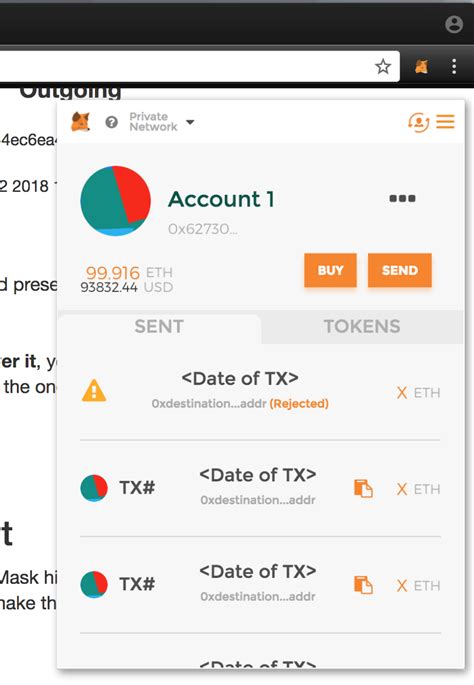I can help you with that. Here’s an article on how to connect your wallet to MetaMask without a server or any frameworks:
Connecting Your Wallet to MetaMask Without a Server

MetaMask is a popular web browser extension that allows users to interact with the Ethereum blockchain and send and receive Ether (ETH). To connect your MetaMask wallet to your HTML/JS application, you’ll need to use Web3.js. Here’s a step-by-step guide on how to do it:
Prerequisites
- Install Node.js if you haven’t already
- Create a new React or Angular project using a tool like create-react-app or angular-cli
- Import Web3.js into your project
Step 1: Set up MetaMask and Web3.js
Create a new file called metaMask.js in the root directory of your project. The file contains the code for connecting to MetaMask:
import * as Web3 from 'web3';
// Replace your MetaMask private key
const metaMaskPrivateKey = 'your-metamask-private-key';
// Create a new Web3 instance
const web3 = new Web3(window.ethereum);
// Connect to MetaMask
asynchronous function connect() { .
try {
// Use the ethers library to interact with the Ethereum blockchain
const ethInstance = await web3.eth.getAccountMetaMaskProvider(metaMaskPrivateKey);
return ethInstance ;
} catch (error) {
console.error(error);
return null ;
} }
} }
export { connect } ;
Step 2: Integrate Web3.js into your application
Include the MetaMask JavaScript library in your HTML file:
